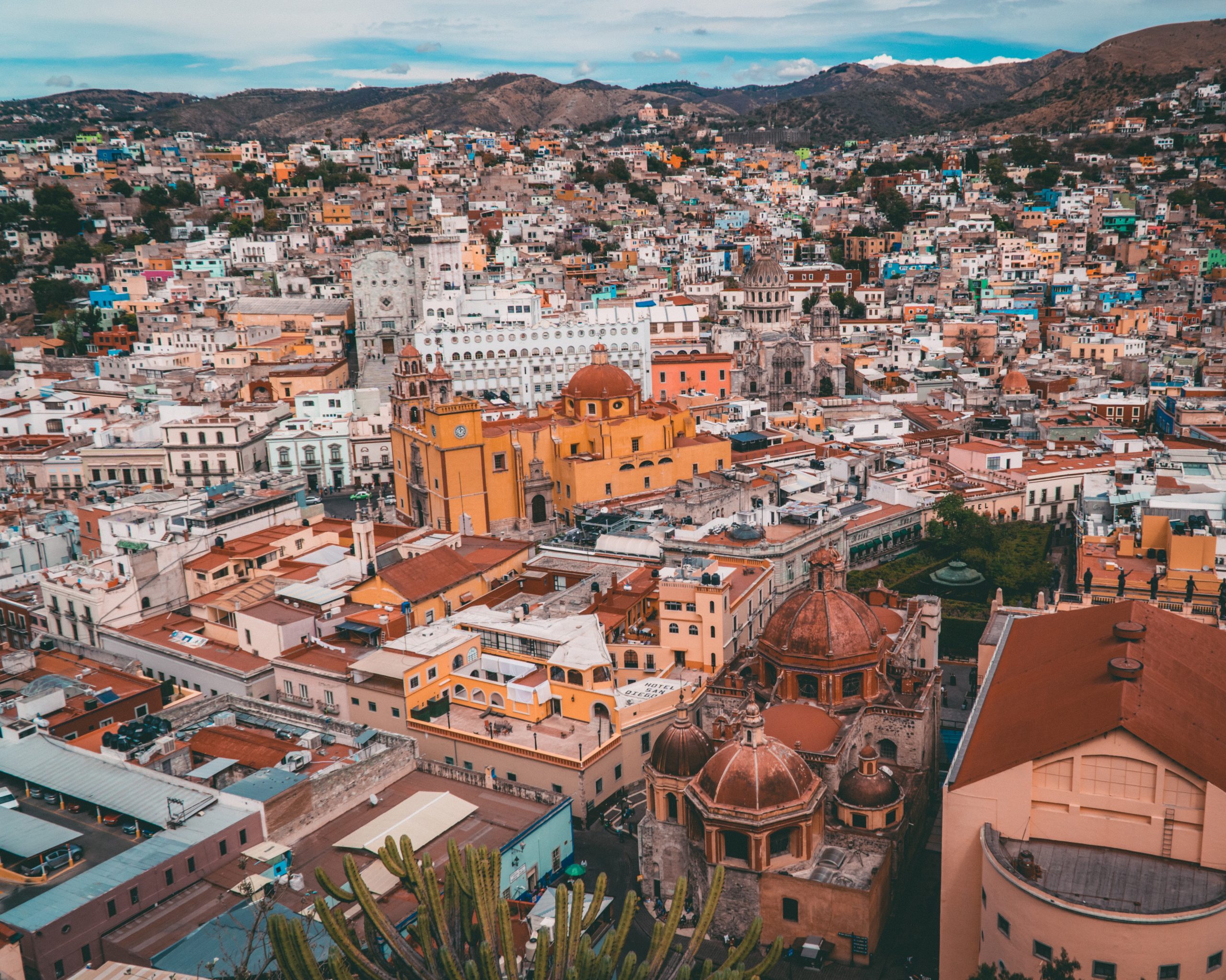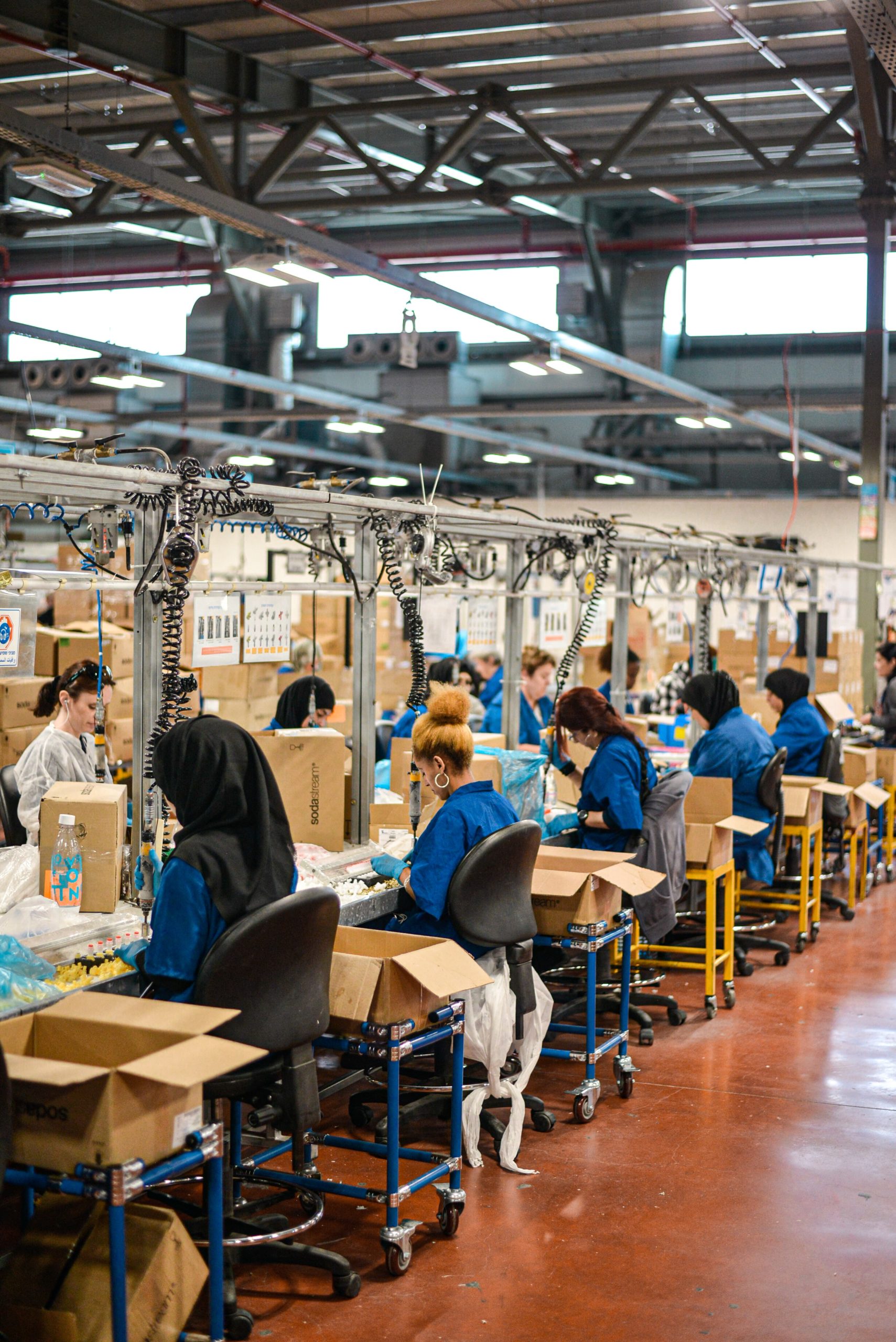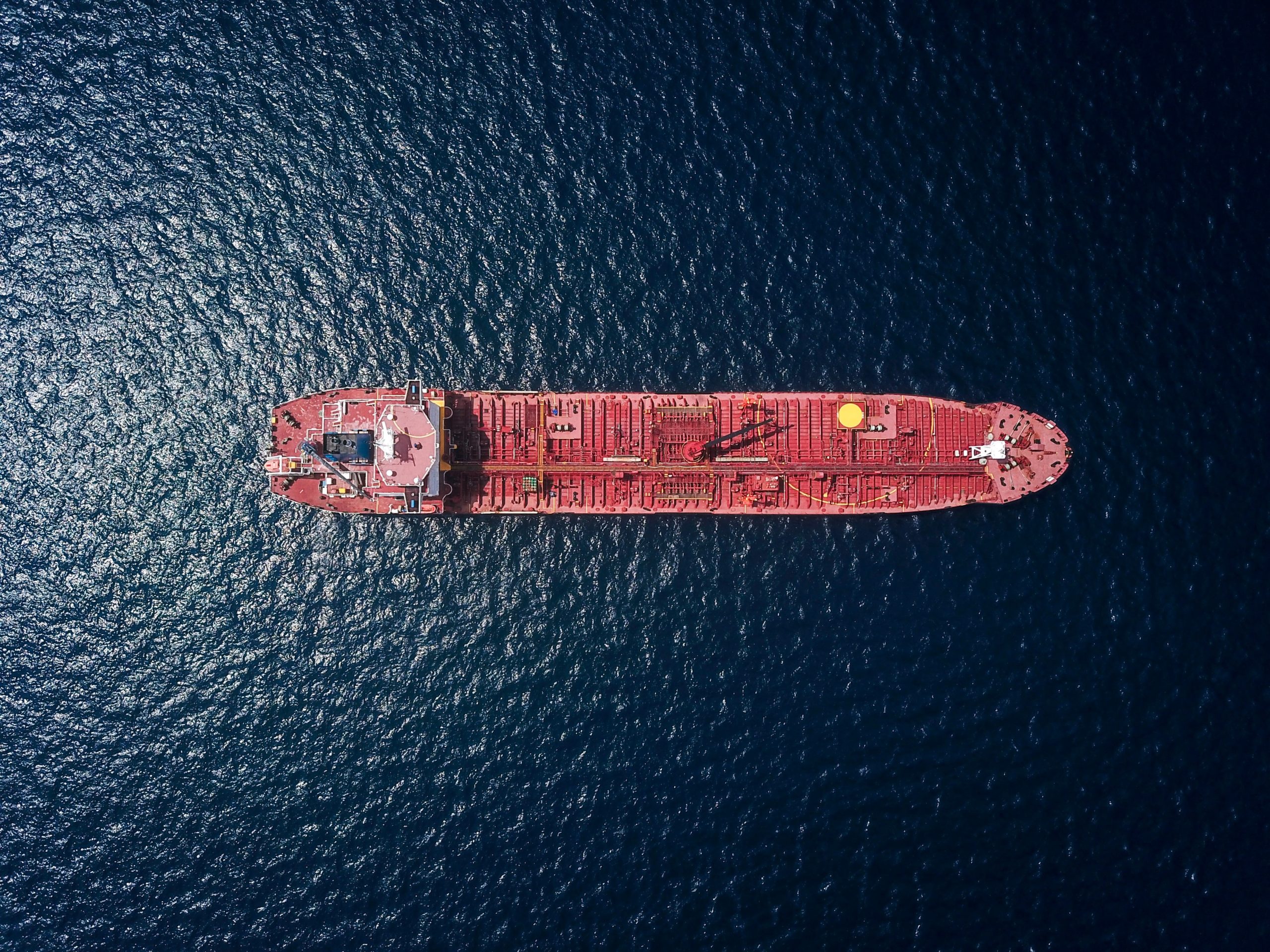1. Global trade hits record high in 2021
Goods took over global spending and global trade hit an all-time high of $28.5 trillion in 2021 up 25% on 2020 and 13% compared to pre-pandemic levels in 2019 due to the inability to spend money on experiences, high fuel prices and government stimulus packages. Trade growth was lower in Europe, North America and east Asia. Commodities prices have increased due to supply chain issues and inflation. High fuel prices are partly the cause, and chemicals and metals also had higher than average demand. The global semiconductor shortage slowed growth for communications equipment
2. European Computer Chip Master Plan

The European Union has announced a €43m investment into computer chip manufacturing to reduce reliance on Asia spurred on by the recent supply chain crisis and backlogs of orders for cars and other machinery. We see similarities to the recent Biden announcement of America Competes Act 2022 we wrote about last week where the EU commitment pales in comparison to the £52 billion pledged by America for semiconductor production. The EU wants 20% of the chips to be manufactured by EU by 2030 taking over from only current 2 global producers currently being Taiwan’s TSMC and Samsung. Currently the EU has 9% market share & the US has 12% – so there is a long way to go!
Trade Horizons
Trade Horizons is an award-winning market entry company, assisting ambitious companies to identify, develop and grow sustainable revenues in new geographic markets. We offer support to clients in international strategy development for their global business growth, and throughout the key phases of market entry execution – Preparation, Launch and Growth. Click here to find out more.
3. Mexico Near-shoring Frenzy to Come

Mexico is calling for an influx of US firms to take their business setups away from Asia and replace them in Mexico. In a saga that began under the Trump administration, China imported goods have become more expensive due to North American transaction costs. More Washington restrictions on China goods regarding concerns over human rights have pushed prices up further. Add this to pandemic driven rising fuel costs and shipping problems and the case for Mexico looks stronger and stronger. Mexico has a free trade agreement with the US and Canada, cultural similarities, and a good manufacturing foundation. Coupled with a growing number of skilled workers the opportunity looks ripe for picking by American firms. Deloitte says the opportunity “if grabbed in time, has the potential to help the country reverse years of slow growth in investment and in fact propel it to higher growth in the coming years”.
4. UK Enters CPTPP Trade Deal Phase 2

The UK has moved into the second phase of negotiations to join the Comprehensive and Progressive Agreement for Trans-Pacific Partnership (CPTPP). We wrote of the UK’s plans to become a member of the CPTPP with Australia, Japan, Chile, Singapore and 7 other nations a few weeks ago. The CPTPP was formed in 2018. Originally talks began in 2015 as the TPP which fell apart under the Trump administration. The deal now consists of 11 Pacific Rim nations with 500 million people and 13% of global GDP. China submitted its application to join in September last year and South Korea, Taiwan and Thailand have also expressed an interest. The UK should be approved this year.
Benefits include
- Data freedom
- Zero tariffs
- Easier supply chain rules eg rules of origin
- Easier travel for business people
5. India and UAE Trade Deal

India and the UAE have signed a trade deal which will expectedly double non-oil bilateral trade to $100m by 2026 and increase the services trade to $15 billion. The UAE-India Comprehensive Economic Partnership Agreement (CEPA) includes reduced tariffs and increased market access. It is expected to erode the Vietnam and Bangladesh garment market and for the first time a clause to include export on Indian pharmaceutical products. Strict rules of origin exist to prevent third country goods from entering India via the UAE. Import duties will be zero on 90% of India’s exports and the agreement includes a gold tariff-rate quota.







